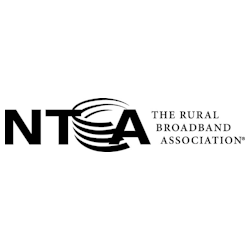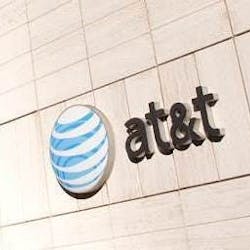On December 5, NTCA–The Rural Broadband Association released its “2022 Broadband/Internet Availability Survey Report,” highlighting the ongoing efforts of rural broadband providers to deliver better broadband services to rural Americans.
The survey was conducted in August 2022. 38.3% of NTCA’s members responded. The average service area of respondents was approximately 2,080 square miles. This year's survey found that NTCA members continue to deploy fiber-to-the-home (FTTH) networks that enable increasingly higher speeds in rural communities.
According to the data, nearly 82% of respondents’ customers on average can receive downstream speeds greater than/equal to 100 Mbps, compared to just over 75% in 2021, and nearly 61% of customers on average have access to Gigabit downstream speed, up from just over 55% in 2021.
Additionally, the survey indicated that more than three quarters (79.3%) of respondents’ customers on average are served by FTTH connections, up from 75% in 2021.
Meanwhile, the survey found that more customers are subscribing to higher speeds as they become available. Nearly 49% of respondents’ customers subscribe to 100 Mbps broadband or better, up from just over 37% in the 2021 survey, and for the first time, the 2022 survey found that subscriptions for 100 Mbps and higher speed services are now more popular than services between the 25 and 100 Mbps.
The survey found that the percentage of customers subscribing to service between 100 Mbps and 1 Gig is almost 37%, surpassing the 25–100 Mbps tier at just over 31%.
The new report notes that NTCA members continue to provide critically important broadband service to schools, libraries, and other anchor institutions in their communities. Respondents offer robust levels of fixed broadband service to community centers, public libraries, schools and institutions for higher education, emergency call centers, hospitals, and many more critical facilities in their communities.
NTCA in a statement admits that:
"There’s still more work to do, and the sustainability of networks remains important. The last 20% of customers are historically the hardest and most expensive to reach, and respondents estimate that the average initial construction cost to bring all customers up to the 100 Mbps (downstream) level of service is $30 million. The sustainability of networks and services also remains important, as can be seen in the significant efforts to upgrade speeds on existing fiber networks."
NTCA chief executive officer Shirley Bloomfield concluded:
“At a time when there’s so much focus on how to reach millions of rural Americans still awaiting quality broadband access, this survey highlights how NTCA members have led the charge to date in delivering on this promise for so many and the tremendous work they continue to do to close remaining gaps. I’m proud to share that our small, community-based providers have risen to meet this broadband moment again in 2022, delivering affordable, high-speed connectivity to some of the hardest to reach areas. Our members are poised and ready to keep up this momentum in 2023, and we think they provide a remarkable blueprint for how best to tackle outstanding challenges in rural broadband.”







